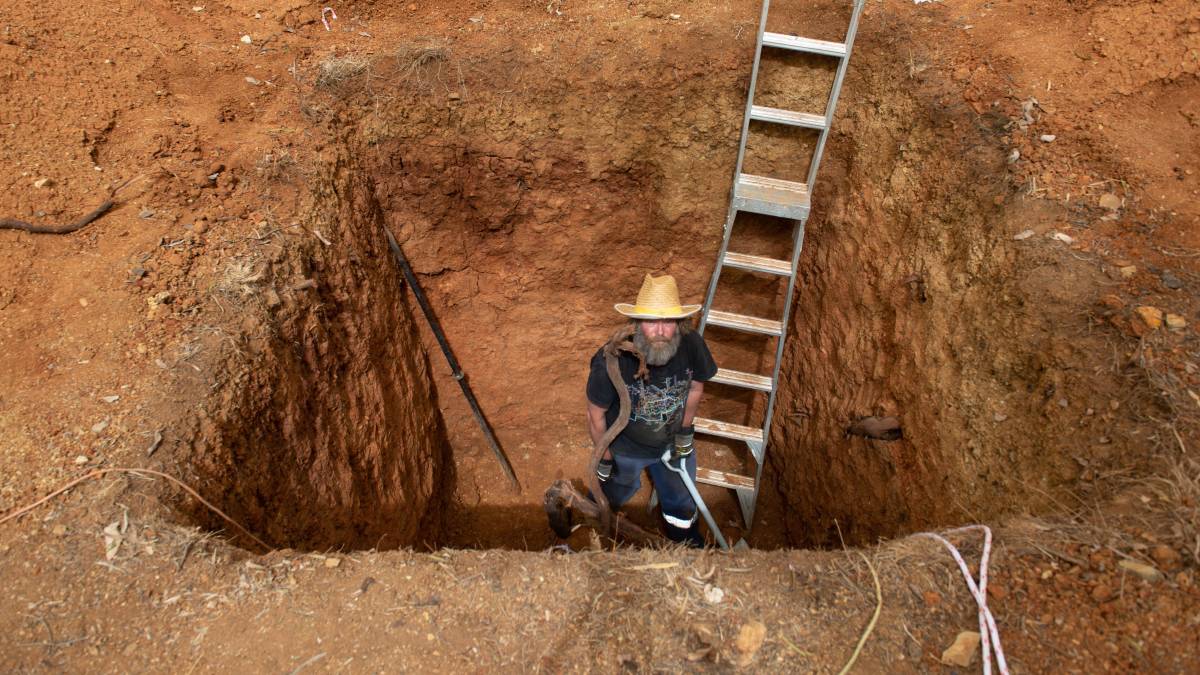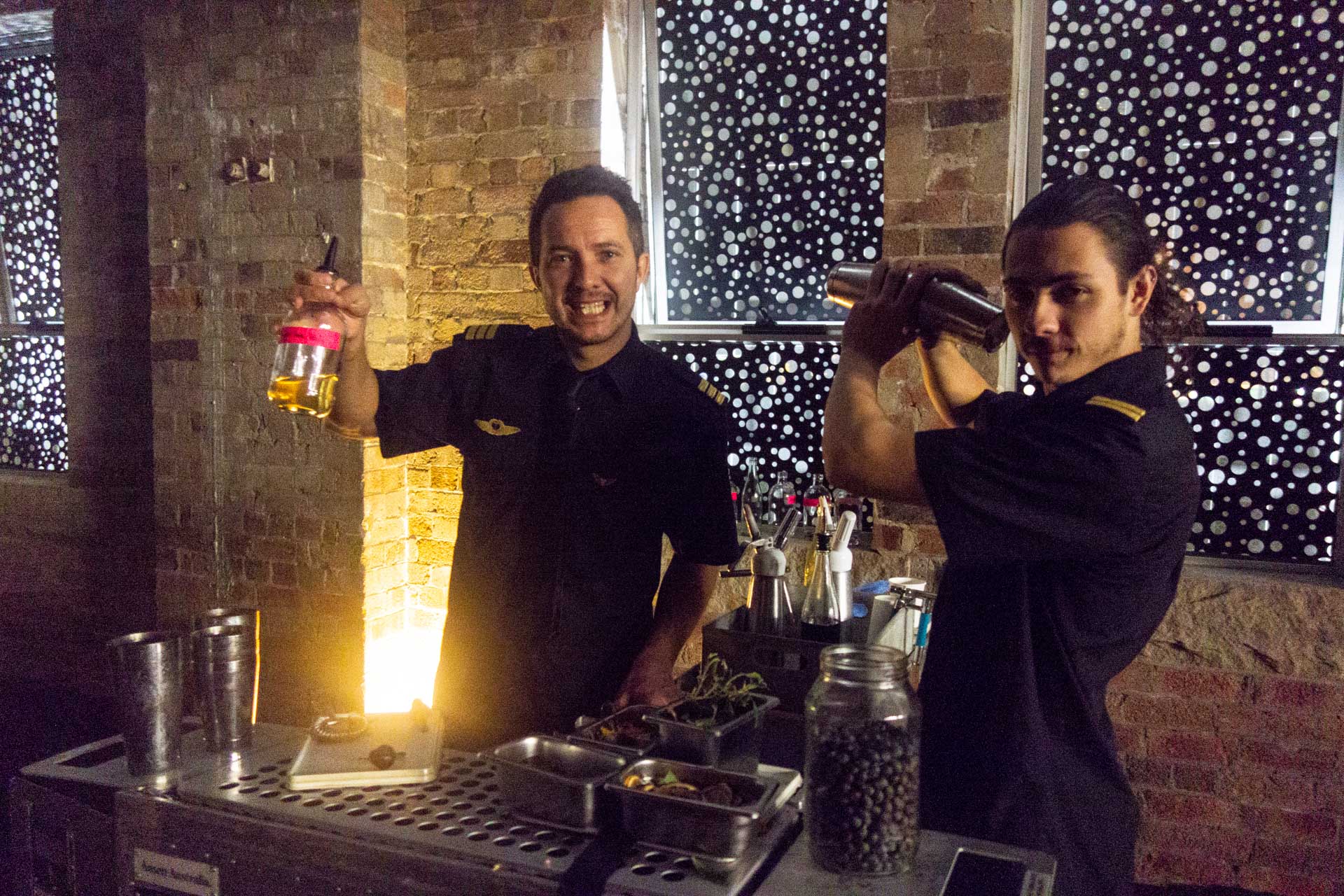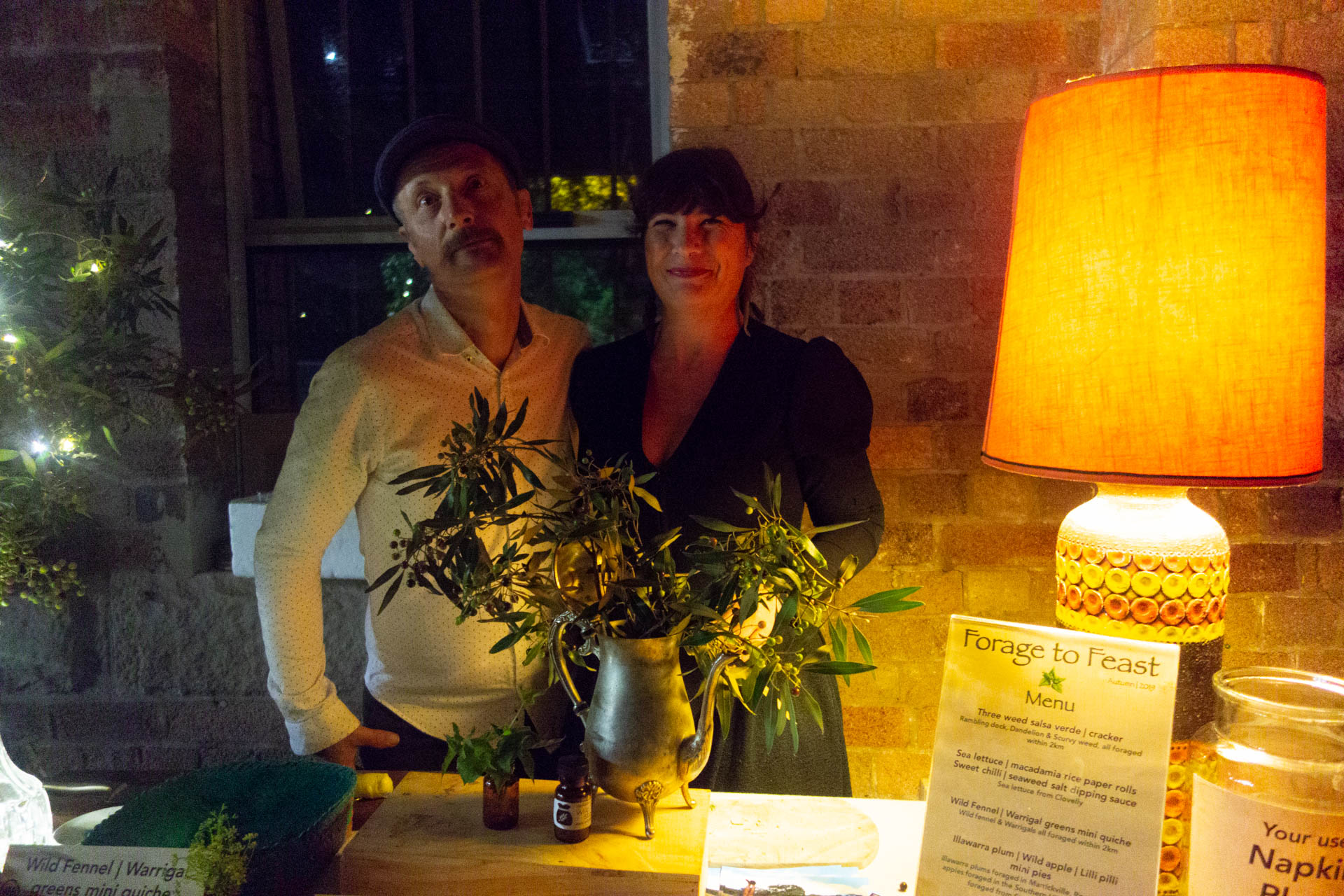Our first of a series of accounts of Groundswell and Pulse of the Earth in Bingara. It was an incredible weekend of tumultuous weather, art and ideas
Activating Charcoal
"If the Earth could speak, what would it say?" - Alex's 48 hours in the hole
‘The Hole for The Living Classroom’ has gifted us many puns, and here’s another - it turns out Alex’s existential ambitions go deep, very, very deep. At Groundswell he will conclude his 'hole' project with a performance called ‘Earth Oracle’. He will spend 48 hours within the hole, drinking only water and sleeping under the open sky. The public are invited to pose questions to the earth and on the morning of Saturday 7th September he will respond to these questions from within the hole. He’ll emerge later that day, and will be in conversation with MC Adam Blakester about the project on the main stage. You can read an article about it that was recently published in the Inverell Times.
What would you ask the Earth Oracle?
See below for some hole digging action to get you thinking, courtesy of Justin Hewitson.
Full program of Groundswell/Pulse of the Earth
Why The Long Drive to Bingara is actually a top idea.
Farmers in Flux continued
Humus: its Chemical, Physical and Biological properties that are essential for life
Dirt → soil → earth: the art of building life.
KSCA, Costa, Cocktails and Conversations at Carriageworks with Kaldor Public Art Projects
by Alex Wisser
On Sunday May 20 we gathered with around a hundred lost souls on the rich material of absorption, an installation of 300 tonnes of soil by Asad Rasad, a Kaldor Public Art Project at Carriageworks in Sydney’s inner west. We gathered to talk about soil and our Artist Farmer Scientist project.
We were fortunate enough to have Costa Georgiadis lead our conversation between artist Ian Milliss, farmer Erika Watson (Epicurean Harvest), scientist Tim Cavagnaro (University of Adelaide) and Imogen Semmler (who insisted throughout the night that she was neither artist, scientist, or farmer - though she has been called all three of these things by other people at various times). Having been a passenger on the long journey of the “Artist, Farmer, Scientist” project, this conversation marked for me a hallmark, in which the three ‘participants’ seemed to join in dynamic conversation. Tim Cavagnaro is a leader in the field of soil ecology and brought with him not only a wealth of scientific knowledge, but also a developed consideration of how that knowledge might be helpfully disseminated to a broader community beyond the sciences. His position at The School of Agriculture, Food and Wine also made his presence particularly pertinent as the inability of traditional science to integrate, think about and engage with complexity has been a running theme presented by the subject matter we are studying. Science isn’t great at complexity, preferring instead to narrow in on single phenomena, reduced to a minimum of interactions within highly controlled environments. Ecology is impossible to study by this method and so Tim’s work and much of his discourse centred around how science can meaningfully grasp complexity without loosing its rigour as science. To make this point, he brought out the story of an irate farmer who once complained that scientists learned everything they knew by growing plants in pots and then presumed to lecture farmers on how to farm entire landscapes.
The theme for the night, to reduce the discussion for convenience, seemed to revolve around scales of relationship. From the dwarfing relationship of a farmer to the land, to the scales of complexity that exist in the biodiversity of a teaspoon of soil, or the 800 sq meters of surface area in a teaspoon of clay to the effects of facing the immensity of global climate change, or the vast intimidating prospect of attempting to mobilise a global population to compel political change. It made me realise that it is not only science that lacks the tools for comprehending, or even relating to, acknowledging or grasping complexity and scale, but that we as a society are pretty shit at it too. In our secular ambition, we have lost our interface with anything vast enough to escape our ability to know it. It is a real problem, and one that was too large for us to answer on the night.
One suggestion did come from Imogen Semmler, when asked about whether we were doing enough to make significant change. She answered that she works on one paddock at a time - that the thought of attempting to change the whole world is simply overwhelming, but that she can effectively work with one farmer on fixing one paddock at a time, and that hopefully this, along with everyone else working on whatever paddock (literal or metaphorical) that they happened to be standing in, might accumulate enough effect to create significant change.
Thank you to Kaldor Public Public Art Projects, Carriageworks, and Costa Georgiadis
and thankyou to these guys at Trolly’d who worked with our very own Diego Bonetto to produce some brilliant foraged weed infused cocktails:
and thankyou to these two beautiful people for the delicious food from Forage to Feast, Diego Bonetto and Marni Fox.

























